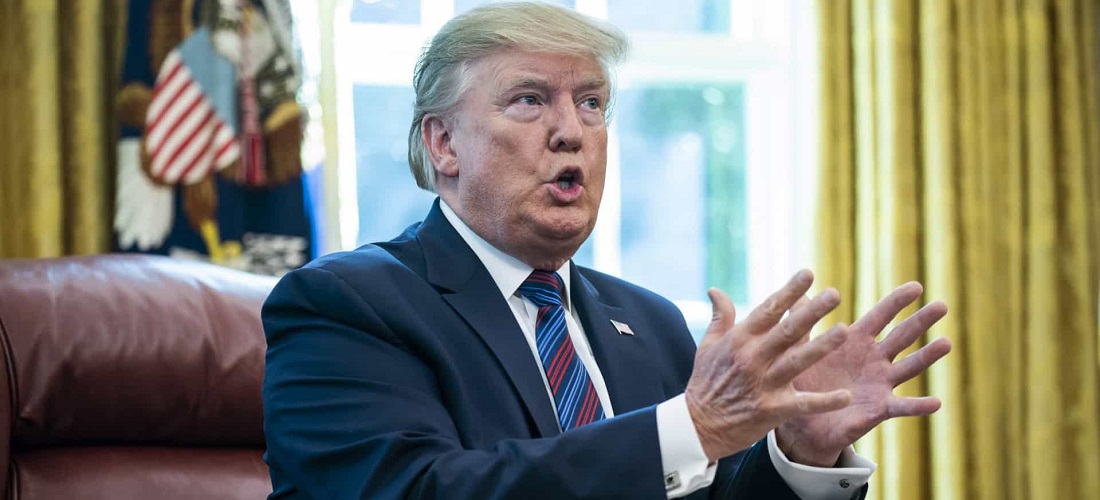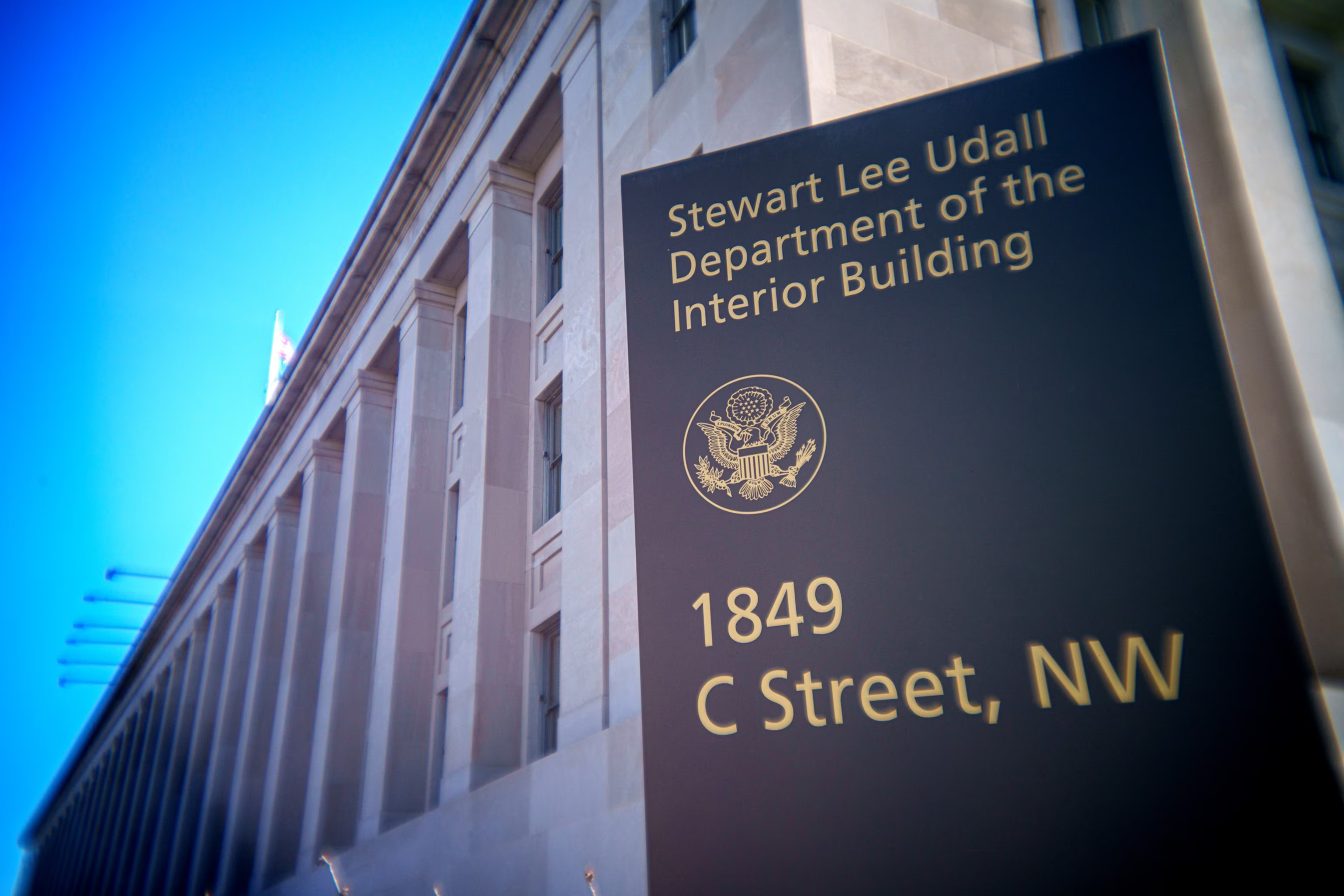The spotlight recently fell on a crucial phone call between President Trump and President Putin, where the main agenda item was a seemingly simple, yet incredibly complex, goal: an unconditional 30-day ceasefire.
America First Meets Global Conflict
White House press secretary Karoline Leavitt laid out the US position clearly, summarizing President Trump’s foreign policy with two powerful words: “America first.”
This isn’t just a catchy slogan; it means prioritizing American interests, including taxpayer money, and moving swiftly to end conflicts like the one raging in Ukraine. The call to Putin was framed as a direct effort to “stop the bloodbath,” a clear signal of the urgency from the American side.
Sanctions and the Negotiating Table
The pressure wasn’t just internal. European leaders, including figures like Sir Keir Starmer and President Macron, have been urging Trump to push for sanctions if Russia isn’t serious about peace talks.
This adds a technical layer to the diplomacy – it’s not just about asking nicely, but about leveraging economic tools to encourage a shift towards negotiation.
Russia’s View: Peace is Preferable, But…
From the Kremlin’s perspective, the tune is a bit more nuanced. Putin’s spokesman, Dmitry Peskov, expressed gratitude for Trump’s diplomatic efforts, stating that peace is indeed “preferable.” However, there’s a big “but.” Russia maintains it’s compelled to achieve its stated goals in Ukraine – including “de-Nazification” and preventing Ukraine from joining NATO – through conflict if necessary. They are reportedly still drafting their own ceasefire proposal, which Secretary of State Marco Rubio is waiting to see, hoping it’s close enough to Ukraine’s position to find common ground.
The Dance of Diplomats
Getting to a ceasefire isn’t just one phone call; it’s a complex dance involving multiple players. Rubio recently spoke with Russian Foreign Minister Sergey Lavrov, while Vice-President JD Vance and Rubio met with Ukrainian President Zelensky at the Vatican. These aren’t just casual chats; they’re intricate steps in a larger negotiation, trying to bridge what Vance called “fundamental mistrust” between Russia and the West.
Vance, never one to mince words, suggested that if Russia isn’t willing to move past past mistakes, the US might eventually have to conclude, “this is not our war.” It’s the diplomatic equivalent of saying, “Look, we’re trying to help, but you have to meet us halfway.”
Is Putin Ready to End It?
A key question hanging over the talks is whether President Putin genuinely wants to end the conflict or is simply playing for time. JD Vance voiced this skepticism, suggesting Putin “doesn’t quite know how to get out of the war.”
Experts like Tatiana Stanovaya echoed this, downplaying the likelihood of a major breakthrough from the call itself, seeing it more as a step towards potentially arranging future face-to-face meetings. Meanwhile, Russia reportedly believes its forces can take full control of occupied regions by year-end, a goal that seems at odds with a genuine push for peace.
Testing the Waters
Adding a layer of tension, Russia launched its biggest wave of drone strikes on Ukraine just before the Trump-Putin call. It’s a stark reminder that while leaders are talking diplomacy, the reality on the ground remains brutal, with lives lost and villages devastated.
The Path Ahead: Rocky and Uncertain
So, what’s the takeaway from this high-level engagement? The US is actively pushing for a ceasefire, driven by an “America First” agenda and frustration with the ongoing conflict. Russia is open to diplomacy but remains committed to its war aims, seemingly playing for time and potentially seeking concessions from Ukraine under US pressure.
The diplomatic channels are open, but filled with mistrust and conflicting objectives. Getting from a phone call to actual peace is a long, bumpy road, and everyone is watching to see if these talks can pave even a small part of the way.
Contact us today through our website or WhatsApp to discover how we can help you achieve success in the United States. Together, we can turn dreams into reality.
Information source: thetimes.com



